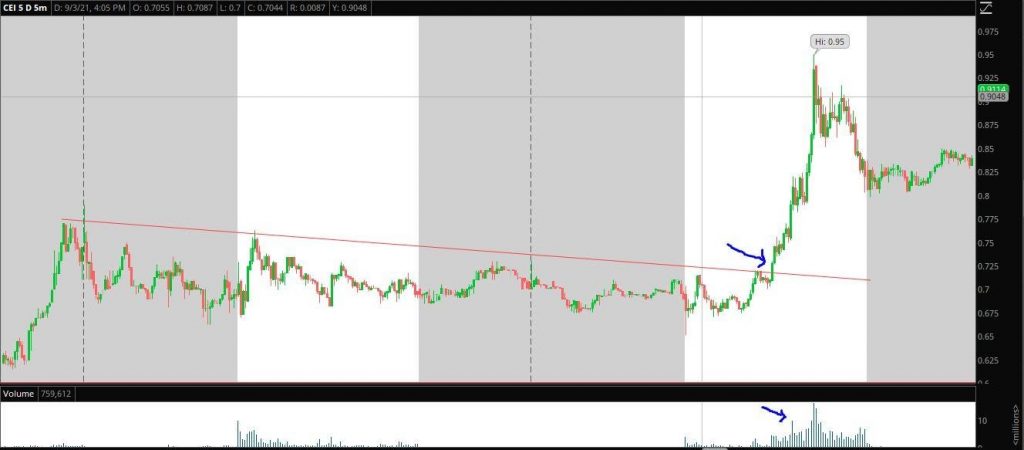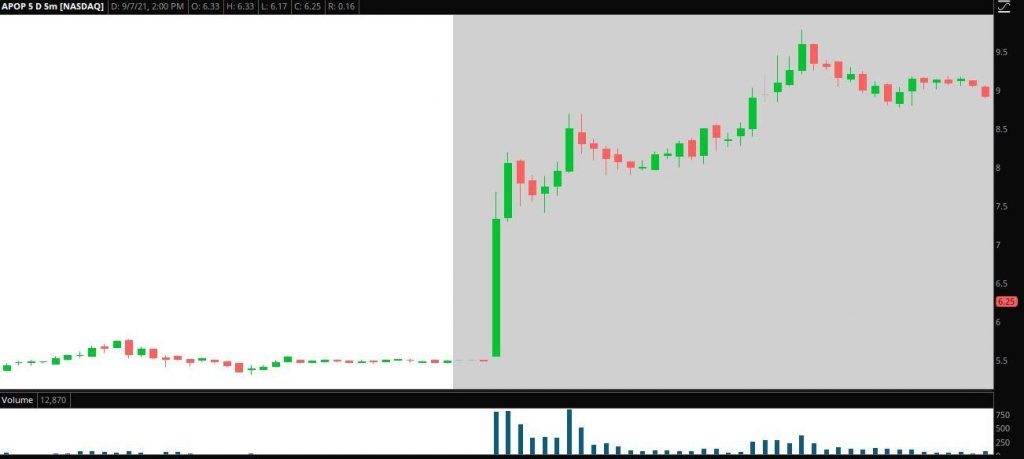Size matters when speaking about a stock’s share float.
Sure, a company’s float is often mentioned and spoken about, but does everyone truly understand the effect a stock’s float size can have on price fluctuations?
I don’t think so.
The good news, however, is that I am going to discuss just that!
The Float or Floating Stock means the number of shares available for trading a particular stock.
Typically, investors and traders consider a 20M shares or less float to be a small float.
In many cases, and especially with the stocks that I like to focus on, the extent of the volatility and short squeeze in a stock is directly correlated to the size of the float. If a stock has a large float size, it will be more challenging to move sharply higher without a fundamentally changing catalyst.
On the other hand, if a stock has a small float and small to medium short interest, it will be easier for shares to experience sharp rises and volatility. In this regard, basic economics prevails with the law of supply and demand.
Sharp rises in stocks with a small float are especially violent when the stock is trading abnormal volume. This is compounded when the move occurs in the pre-market or after-hours session, as liquidity during these periods is typically lower, resulting in extreme volatility.
Of course, the above is just words, so let me show you a couple of examples of when the size of the float impacted the performance and volatility of the stock.
CEI

CEI has a float size of 25M. Therefore it can be considered to be a small float.
Over the last three trading sessions, the stock has traded over 600M shares, which is a massive amount of volume. It is even more impressive, as the stock has an average volume of 27M shares per day.
The stock has a 14.26% short interest rate, according to Finviz.
So as I said above, a small float stock trading abnormal volume, with a decent short interest, often experiences sharp moves higher.
In the above chart, you can see that price shot up as soon as the stock broke above the multi-day resistance and saw volume increase. Within thirty minutes, the stock rose over 30%.
APOP
According to Finviz, APOP has a float of 3.57M. That is a significantly small float.
The stock has a small short interest of just 3.49% and, on average, trades 3.07M shares per day.
In the below example, the move occurred during the extended hours. There was a news release, which read well for shares of APOP.
As the news was released in the after-hours session, and the stock has a minimal float along with dried up volume in the after-hours, a rapid move higher followed.

Volume quickly surpassed what the stock had done in regular hours of trading. The stock rose close to 100% in the after-hours session. A move of this magnitude is a direct result of the size of the float.
In the extended trading session, the stock traded close to three times its float. This means that the float could have been rotated and changed hands three times.
The Bottom Line
When it comes to the size of a stock’s float, size matters. The float’s size and other contributing factors can be the difference between a stock going up two percent or a stock going up 200%.
Comments are closed.







1 Comments
This is so helpful! Thanks, Jeff! KD